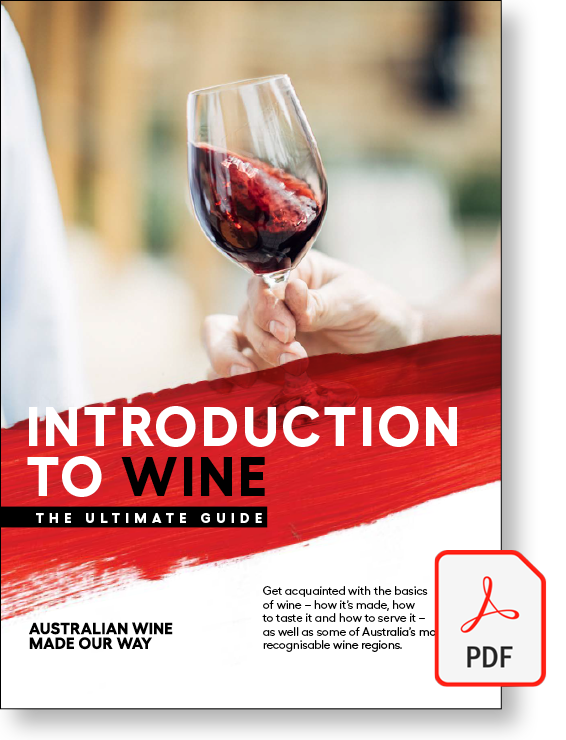There’s a big difference between gulping down a wine and taking time to appreciate it. Swishing, swirling and sniffing what’s in your glass is all part of it – wine tasting is so much more than just drinking.
Step 1: Look
You can discover a lot about a wine from the way it looks. Fill your glass about one-third full and observe the wine’s colour. This will give you clues about its style, body and character. Colour can also reflect the wine’s age. Is it pale, or dark? Then examine the clarity and brightness. Is the wine clear or hazy? Does it have “legs”? Legs are an indication of viscosity – is the wine thick or thin? This is an indication of the alcohol content.
Step 2: Swirl
Give the glass a swirl while holding it on a flat surface. This helps to spread and aerate the wine, releasing its aromas. (Don’t worry – swirling without sloshing takes practice.)
Top tip: When you pick up a wine glass, pick it up by the stem. It’s easier to swirl it that way, and you’ll look a lot more sophisticated!
Step 3: Smell
We can identify thousands of different aromas and flavours with our noses, whereas our tastebuds can only detect five distinct tastes (sweet, sour, bitter, salty and umami). So a good sniff will reveal much more about your wine than if you jump straight in to tasting.
How intense is it? What flavours can you identify? Not everyone will have the same experience, so don’t worry if you smell something different to the person next to you.
In fact, experienced tasters can find out almost everything about a wine just by smelling it.
Step 4: Taste
It’s finally time to taste and find out more about the wine. Five key things to assess are:
- Sweetness/dryness – most Aussie wines you taste will be dry or off-dry.
- Acidity – wines with high acidity will make your mouth water, as if you’re eating a green apple or licking a lemon.
- Tannin – a wine with a lot of tannins is like drinking a cup of very strong black tea.
- Alcohol – wines high in alcohol can taste more tannic or sweeter, and give a sensation of heat.
- Body – is it light, medium or full bodied? A light-bodied wine will have a lighter, thinner, less viscous mouthfeel; a full-bodied wine will feel heavy and creamy.
And what about those flavour descriptors you read about but can rarely actually taste, like cut grass, roasted fig and gooseberry? Identifying these types of flavours takes a lot of practice but it’s also very subjective.
Step 5: Conclude
Savour the wine and think about what you’ve experienced. What’s your overall opinion? Does it taste balanced? Are there particular characteristics that stand out? What have you learnt about the wine?
If you find it delicious and you want to drink more of it, it’s typically a really good wine, and that goes for everyone from entry-level appreciator right through to expert.
Honing your wine tasting skills takes time and plenty of practice – but learning doesn’t get much more fun than this! Best of all, you’ll learn how to find and appreciate wine you really love.






